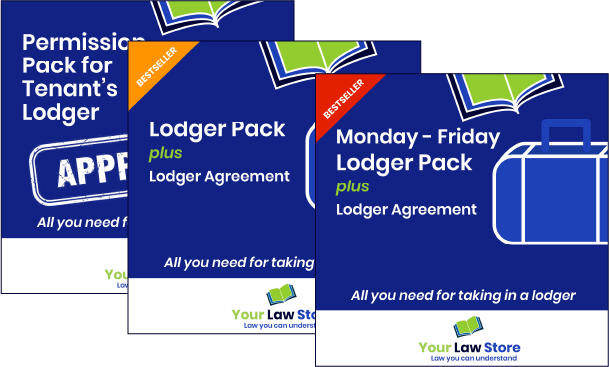Should you have an inventory?
An inventory is a detailed list of all the contents of a property, including details of its condition.
For a lodger situation, it is probably a bit ‘over the top’ to prepare an inventory of the whole house or flat (or such parts of it as the lodger has access to). However, it is a good idea to have an inventory for the lodger’s own room.
It is particularly important to have a proper inventory if you take a deposit as you will need this to work out what damage has been done when deciding what deductions to make from the deposit money when your lodger leaves.
What to include
If you decide to do an inventory, you need to make a list of all (and I mean all) the contents of the room. This includes things such as
- all furniture,
- curtains,
- carpet/rugs
- duvets and pillows,
- any electrical items (e.g. bedside lamp),
- pictures,
- light shades, etc
Many inventories also include details of immovable things such as
- walls,
- doors,
- window frames
- light fittings, etc.
You should say a bit about each item, such as ‘good condition’, ‘new’, or ‘scratch on right-hand drawer’. You can also take photographs (or even a video), but use these as well as, rather than instead of, a written record.
Keep receipts for all items purchased or repaired, just in case.
Checking the inventory
When the lodger comes to sign the lodger agreement, you should show him around his room and check the inventory with him.
He will need to agree it – if you spot anything not on it (another scratch perhaps) make sure this gets written in. Then you and the lodger need to sign the inventory (one copy each), to confirm that it is agreed by you both.
It should then be attached to the lodger agreement (one for each of you). Keep it carefully as you will need it when the lodger leaves.
Using photographs
If you use photos, these should also be signed and dated (to prove that they are not pictures created at a later date), with copies for each of you, and also kept with the paper-work.
Be careful with photos, if you use them. Judges and arbitrators often say that they are useless, as they are frequently unclear, out of focus, with nothing to show the scale. A picture of a scratch on its own could be anywhere.
So make sure you include something to put it in context. A ruler is often included to show scale. Pictures of scratches etc, should also include enough so you can see where the scratch is.
When your lodger leaves
You will need to check over the inventory, ideally with the lodger, and see if anything has been damaged or lost.
You can then agree any deductions with your lodger from the deposit, if one was taken, or payments to be made to you for any damage done.
Your Law Store
We have an inventory form specially designed for lodger situations, which comes with a detailed article explaining what you need to do.
 Inventory form
Inventory form
The Your Law Store inventory form is specifically designed for lodger landlords and comes with a guidance article explaining what you need to do.
Important note
This guide ONLY deals with lodger agreements where you are renting a room to a lodger in your own home.
If you require information about tenancies with resident landlords and Welsh occupation contracts, you need the Landlord Law site.
